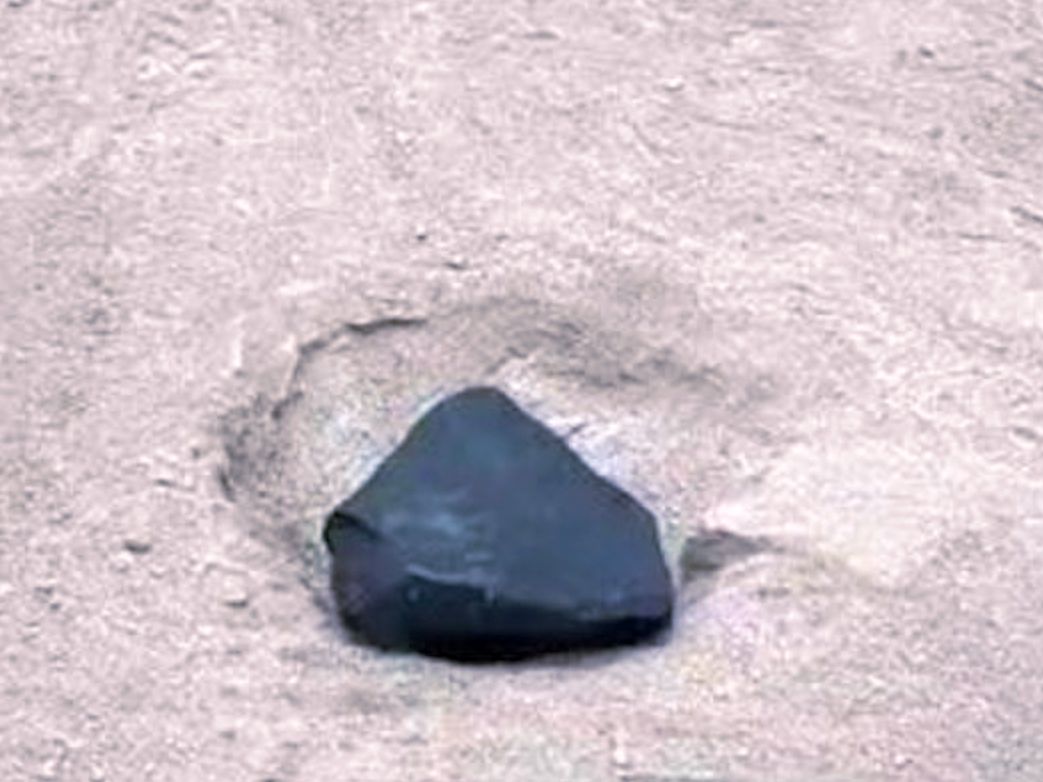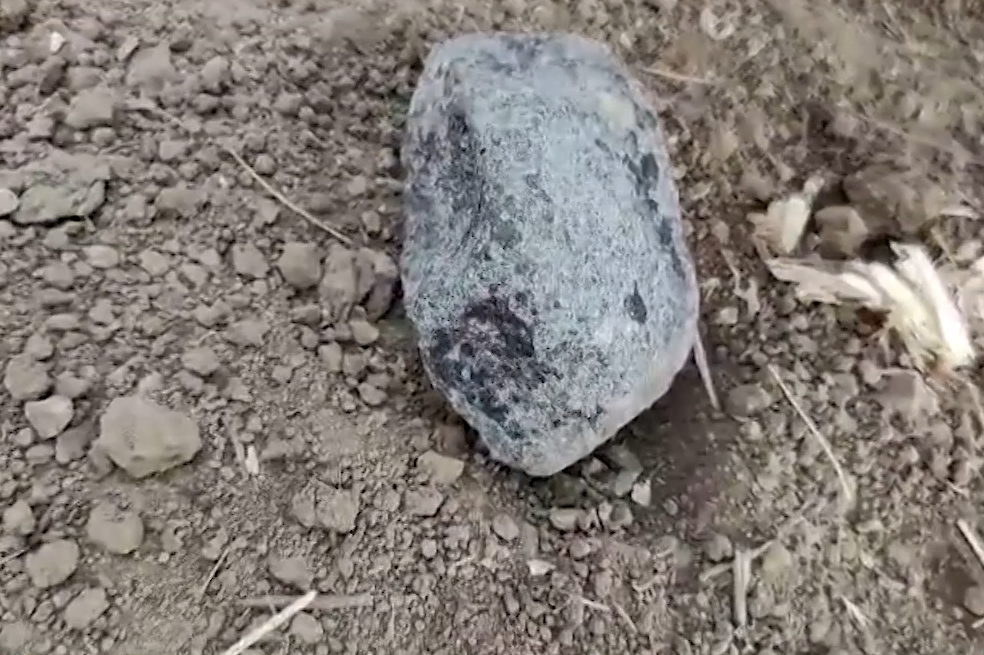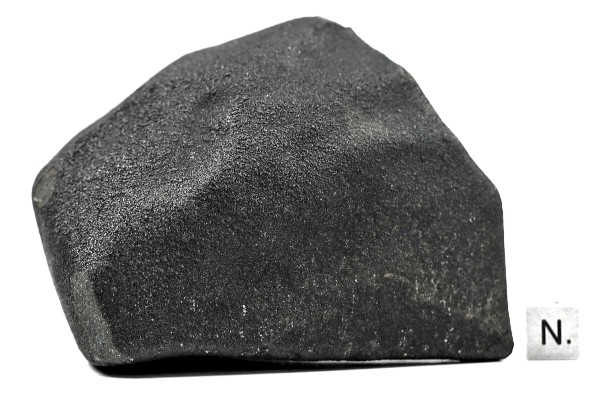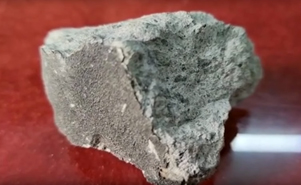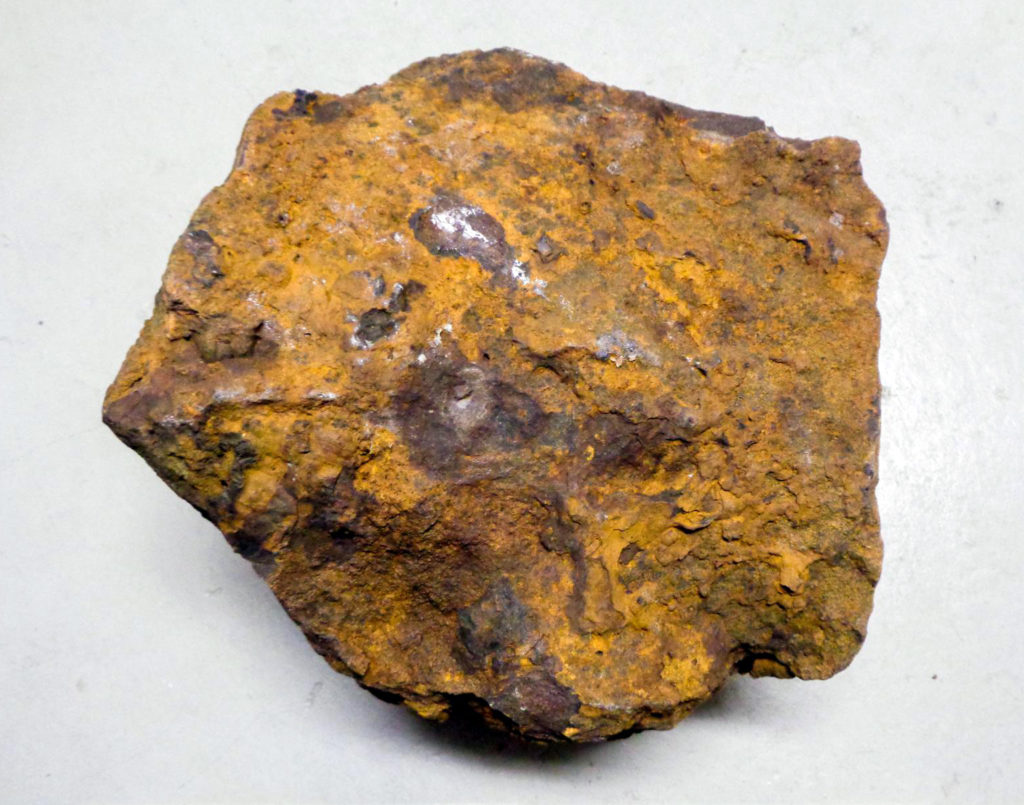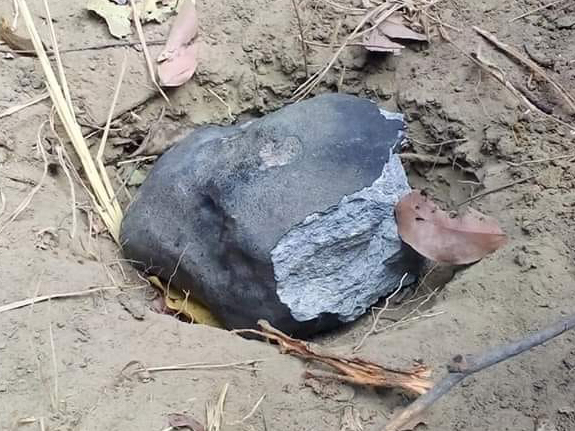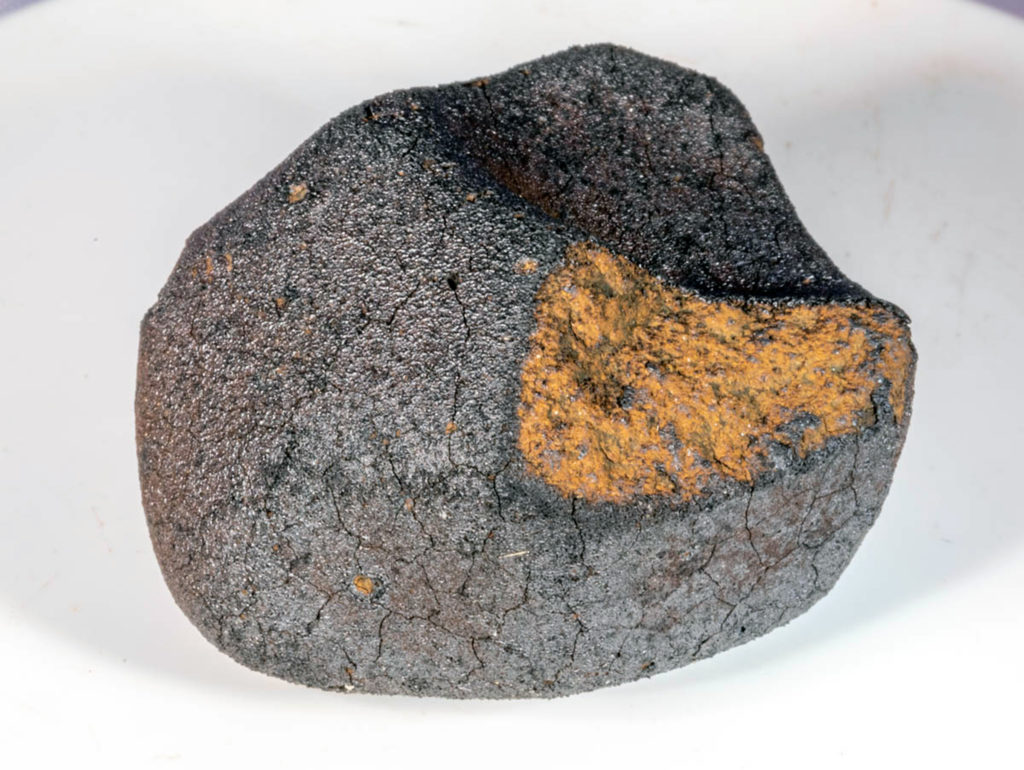Silicate–sulfide interaction within quenched melts of space weathered Ryugu grainsOPEN ACCESS
Sylvain Laforet, Hugues Leroux, Corentin Le Guillou, Maya Marinova, Adrien Néri, Adrien Teurtrie, Francisco de la Peña, Damien Jacob, Alexandre Fadel, David Troadec
MAPS, Version of Record online: 26 May 2025
LINK(OPEN ACCESS)
PDF (OPEN ACCESS)
“The first few microns of the surface of airless bodies are subject to severe changes due to the harsh environment of space, known as space weathering. The Hayabusa2 sample return mission from the asteroid Ryugu provides the first opportunity to study these effects on a carbonaceous and hydrated body. Understanding the structural and chemical changes that occur in the space weathered layers of Ryugu is crucial to correctly interpreting the mechanisms involved in such processes. This study employs transmission electron microscopy to achieve the spatial resolution necessary to analyze the nanoscale heterogeneities in these modified layers. The chemical analyses indicate that features present are likely to represent the spattering of a Ryugu-like material, possibly from a different lithology of the asteroid. However, such material appears to be completely dehydroxylated and depleted in sulfur by approximately 20%. Furthermore, the nanoscale dispersion of vesicles and rounded nanosulfides found in these melt layers helps to estimate the temperatures (>1300°C) and the time scales (<10−8 s) involved in their formation. In addition, this study describes and discusses a unique spherical feature not previously observed in Ryugu samples. The 3 μm-sized object shows strong similarities to microchondrules observed in some carbonaceous (CM2) and ordinary chondrites, suggesting a divergent thermal history from that of the melt layers.”

